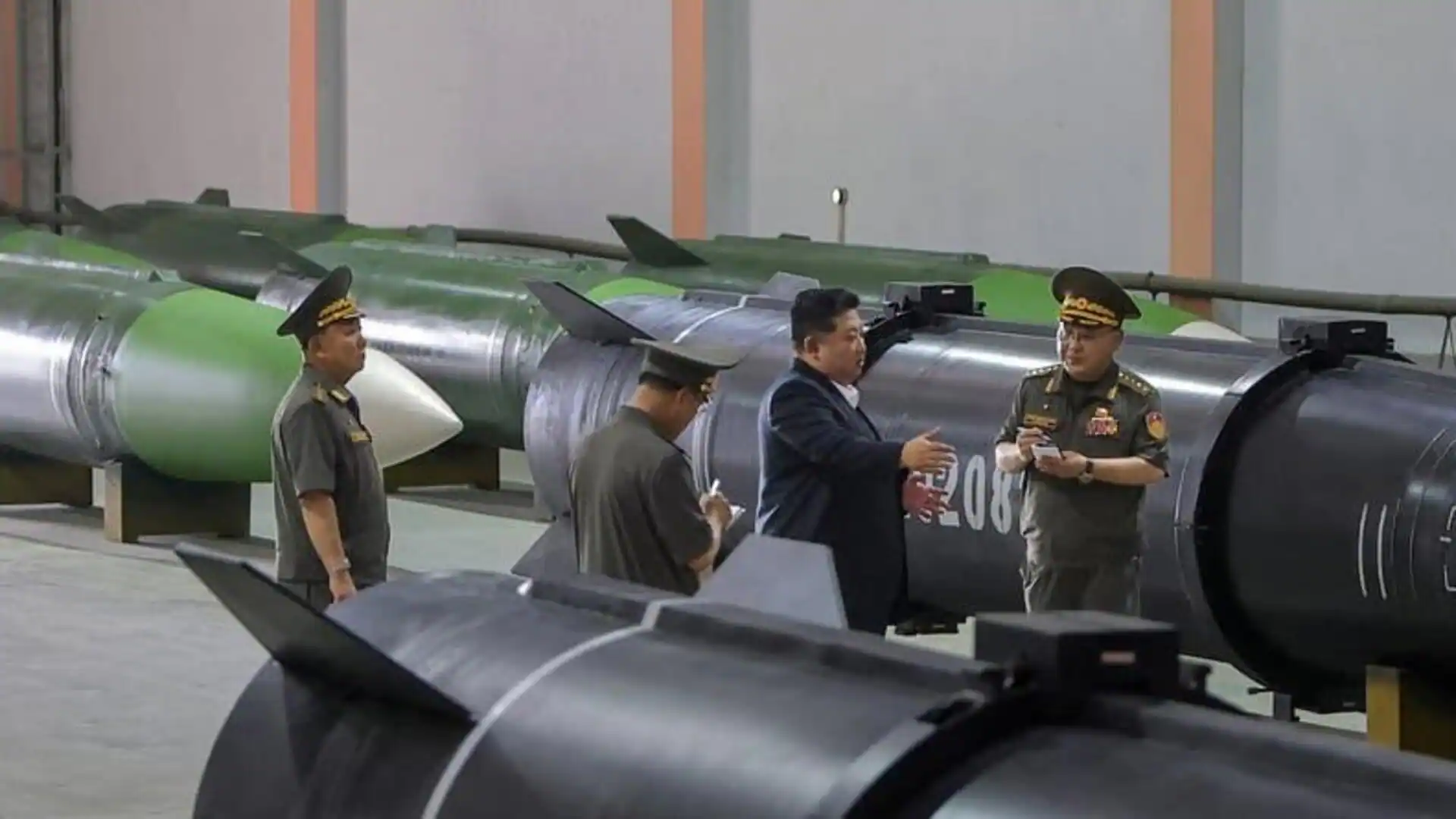By Mudit Dube
Copyright newsbytesapp

North Korea is enhancing its intercontinental ballistic missile (ICBM) capabilities, analysts believe. The country’s leader Kim Jong-un recently supervised a test of a lighter and stronger solid-fuel ICBM engine, which was hailed as a strategic breakthrough by state media. The new engine, made with advanced carbon fiber composites, is expected to significantly expand and strengthen North Korea’s nuclear strategic forces. Kim called the test a success assuming the most strategic nature in the recent modernization of defense technology. The development could be a turning point for North Korea’s missile program. Pyongyang’s mention of a ninth and final test indicates that a new ICBM, possibly the Hwasong-20, is on the horizon. This was stated by Yang Moo-jin, president of South Korea’s University of North Korean Studies. If North Korea successfully develops and deploys reliable ICBMs like the Hwasong-20, it would become the fourth recognized ICBM power. The other three are: the US, Russia, and China. India does possess long-range ballistic missiles, such as the Agni series, with some variants capable of reaching distances over 5,000km, which are often called intermediate- to long-range missiles. However, the term ICBM generally refers to missiles with ranges above 5,500km, meaning they can reach other continents. North Korea is declaring itself as the fourth ICBM power, Yang told This Week in Asia, comparing the Hwasong-20 to China’s DF-61, America’s Minuteman III and Russia’s Sarmat. Pyongyang’s new solid-fuel ICBM is likely to be unveiled as early as October 10, when a military parade is planned to commemorate the 80th anniversary of the ruling Workers’ Party. North Korea’s ICBM program development has been closely monitored by the US, which has raised concerns over regional security.



